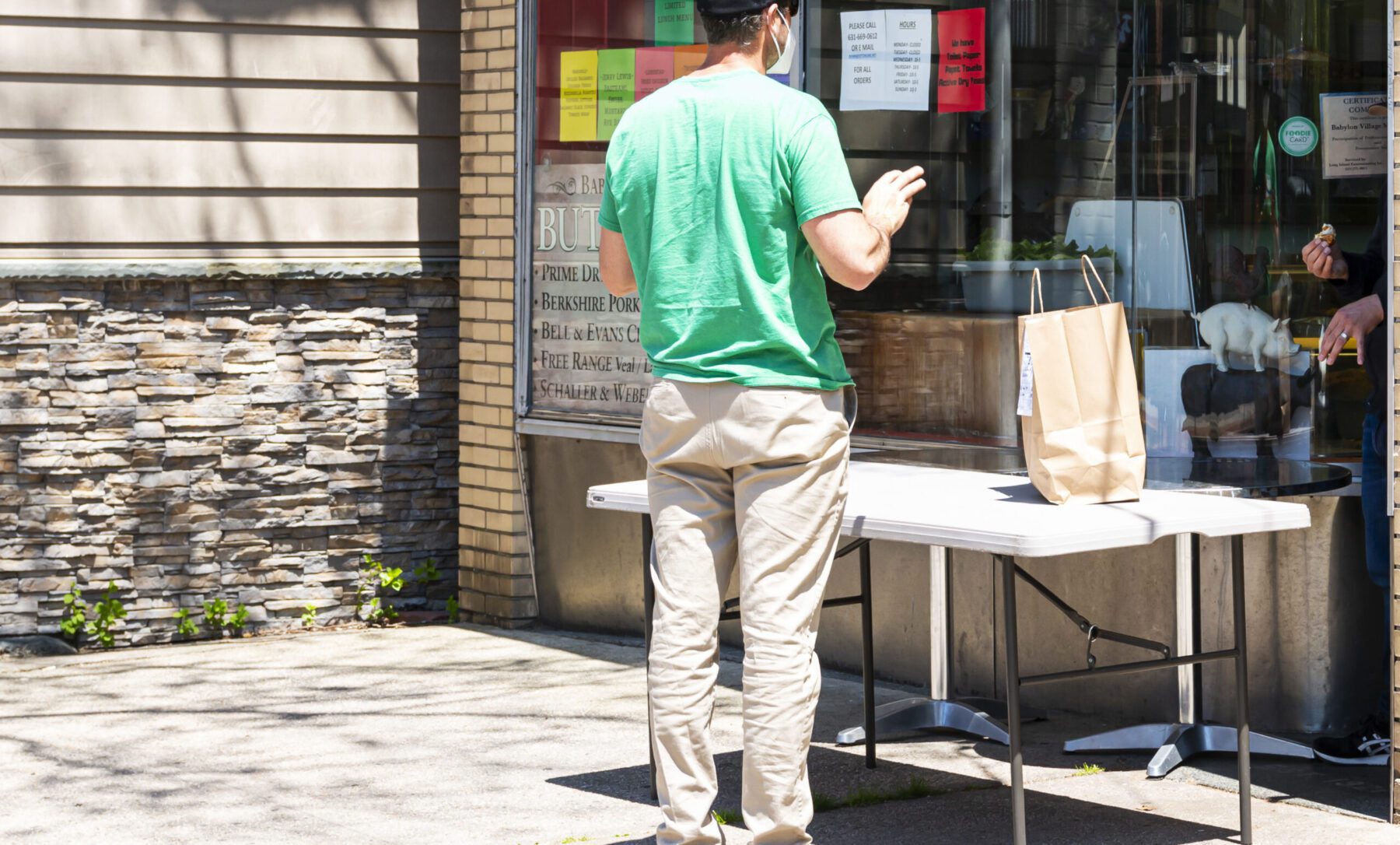Until recently, the main advantage of ordering groceries online was the ability to fill your digital shopping cart from the cozy convenience of your couch. Thanks to growing e-commerce grocery platforms, people can purchase everything from white wine to Windex, without ever putting on shoes. However, now that we are living in the time of the COVID-19 pandemic, online grocery shopping has moved from being a convenience to a full-scale safety precaution.
Eating is a joyous necessity for most Americans, but the way people buy food has changed over the years. According to Quartz, the amount of money Americans spent dining at restaurants nearly doubled from 25% to 50% of household expenses, over the past 50 years. However, because of the coronavirus, 60% of all food and beverages purchased in the US during March of this year came from grocery stores. Those are numbers Americans haven’t seen since 1996, the same year Febreze first landed on grocery store shelves. The Food Industry Association’s annual Grocery Shopper Trends study showed that the average weekly grocery bill increased by $41 between March 21 and April 2 during the height of COVID-19 grocery stockpiling. Eventually, spending leveled out to around $130 a week by April 25, but that’s still much higher than pre-COVID grocery expenses.
Understandably, people are concerned about dining at restaurants and spending tightly budgeted money on take-out. According to C+R Research, 60% of people are also anxious about going to the grocery store. Even with precautionary measures in place, customers still have to struggle with long lines and sparse shelves. In fact, 88% of shoppers couldn’t find the items they usually purchase from their grocery stores, and 50% were witnessing price gouging related to the pandemic. C+R Research revealed that 78% of Americans are making fewer physical trips to the grocery store. So how are people getting their groceries? To go, thank you.
From 2019 to 2020 online grocery sales swelled from 22% to 40% according to Coresight Research’s third annual U.S. Online Grocery Survey. It’s not just because people are discovering how convenient it is to have Oreos delivered to your front door. According to the survey, the COVID-19 outbreak is the main reason 49% of shoppers are turning to e-commerce for their groceries. And the trend isn’t going away anytime soon as 52% of the shoppers said that they purchased groceries online in the past 12 months, and over 60% stated they are planning to make an online grocery order in the next year.
Not only are Americans altering their spending habits and the way they buy groceries, but they are changing what they eat and how they cook it. During the shelter-in-place ordinances, Self Inc. found that 67.5% of Americans were experimenting in the kitchen and learning how to cook. With sauté pans sizzling across the country, the same study also showed that 22.9% of people were eating more plant-based vegan and vegetarian meals as a direct result of the pandemic. Another part of the study illustrated how 31% of individuals chose healthier meal options and another 26.9% ate less food altogether.
Grocery stores are adapting to these trends with options for curbside and in-store pick-up as well as contactless delivery. Companies like Shipt, Peapod, Instacart, and others are creating user-friendly grocery delivery platforms that let personal shoppers contact you directly about any substitutions or missing items. They also make it easy to track the progress of grocery delivery, so there aren’t any surprise packages of frozen food left outdoors. It’s easier than ever to order anything from a pint of Ben & Jerry’s to five pounds of flour, from the safety of your favorite chair.





